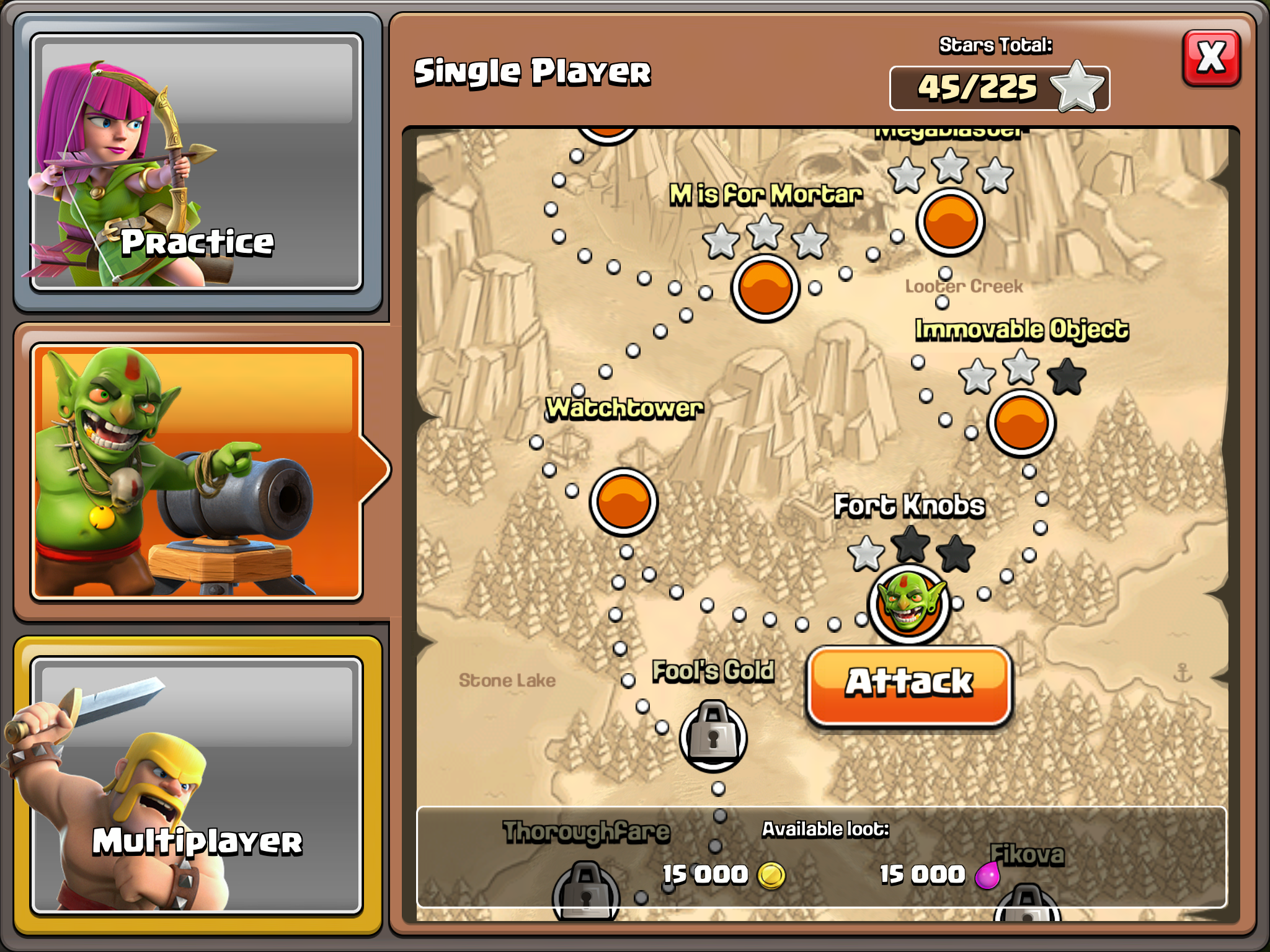

Why I went to Europe to learn about the American drug crisis Needles exchange programs fall under this category, as do legalized drug consumption rooms. Harm reduction strategies aim to lessen the damage caused to a person by their use of drugs. The number of reported cases peaked between 19, declining since then. Switzerland began mandatory Hepatitis C reporting in 1988. In 2017, there were fewer than 500 new positive tests in a country of 8.4 million. In 1986, more than 3,000 people tested positive for HIV in Switzerland. The number of new HIV infections also dropped significantly. Over the past two decades, the number of opioid-related deaths in Switzerland has decreased by 64 percent.

The multi-pronged approach included some controversial measures - such as legalized drug consumption rooms and heroin-assisted treatment facilities - but ultimately, the statistics show it has been successful. The four pillars have withstood other challenges as well, as the majority of Swiss voters continue to support it. But 70 percent of Swiss citizens voted in favor of the law. Their push ultimately forced a national referendum in 1997 challenging the four pillars policy. There was some resistance among some Swiss civil groups. The policies became as much about public order as public health, Savary said. We don’t try to ask people not to take drugs, but take care of problems generated by the situations around people being addicted to drugs.” “We came to this conclusion and decided to change.” Rita Annoni Manghi, medical director of the opioid substitution and heroin-assisted treatment programs at Hôpitaux Universitaires Genève (left) sits a heroin injection spot inside the facility with Christel Ding (right), a nurse who supervises the program. It’s completely ridiculous to fight drugs,” said Jean-Félix Savary, secretary general of the Romand Group of Addiction Studies in Geneva. “The goal was not to fight drugs anymore. Those four pillars of the Swiss law are harm reduction, treatment, prevention and repression (or law enforcement). To address the Swiss drug problem, elected officials, community members, law enforcement and medical experts all worked together to create the “four pillars” drug policy. “Switzerland is no one’s idea of a leftist country,” Joanne Csete wrote in her paper “ From the Mountaintops: What the World Can Learn from Drug Policy Change in Switzerland.” The rise in HIV infections, drug overdose deaths and the public nature of the drug problem led the Swiss to make major changes in how they approached illegal drugs and treated people who use drugs.Īnd in 1994, Switzerland went on to pass one of the most progressive and controversial drug policies in the world, which included the dispensing of heroin. “And Switzerland is not so modern, but it’s very pragmatic.

“So you are obliged to see the problem,” she said. It was the equivalent of people dying on the White House lawn, she said. It’s a clean, peaceful space now, but in the 1980s was filled with heroin users and dealers. " data-medium-file="" data-large-file="" loading="lazy" class=" wp-image-24109" src="" alt="A gazebo in a park with fall colored trees" width="719" height="477" /> Platzspitz Park, nicknamed “Needle Park,” sits next to a river by the National Swiss Museum in downtown Zurich. The same thing happened near political buildings in Bern, the nation’s capital, said Rita Annoni Manghi, director of the opioid substitution and heroin-assisted treatment programs at Hôpitaux Universitaires Genève. People were injecting and dying outside one of the most beautiful hotels in Zurich. And the number of drug overdose deaths climbed. Rates of HIV infection soared from the sharing of needles.

Local police were tired of trying to control and disperse large groups of users, so Needle Park became one of the spots law enforcement left alone. The space, despite being in the heart of downtown Zurich, became one of the most famous examples of Switzerland’s “open drug” scenes. That’s because in the 1980s the park was hijacked by thousands of heroin users and dealers. But it’s best known by the nickname “Needle Park.” ZURICH and GENEVA, Switzerland - Today, Platzspitz Park serves as a peaceful respite for those meandering along the Limmat River and past the Swiss National Museum.


 0 kommentar(er)
0 kommentar(er)
